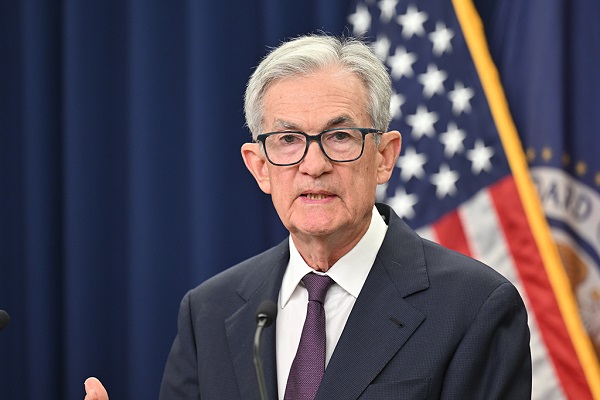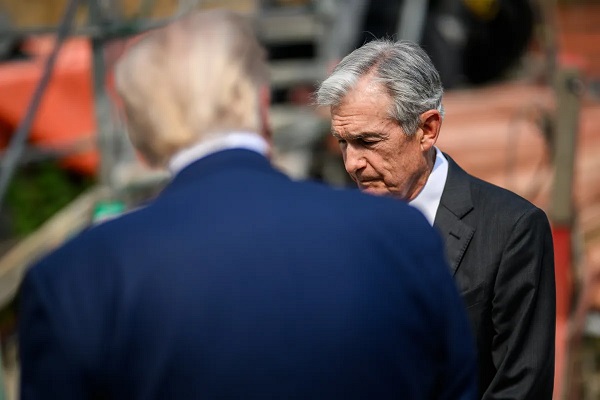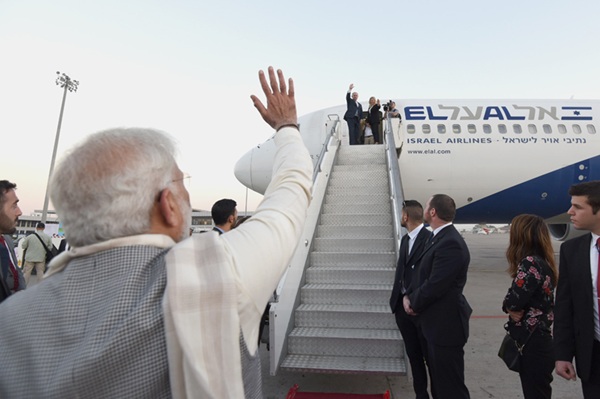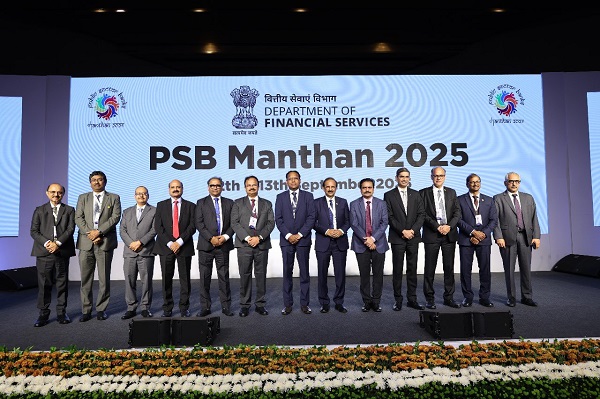.png)
Powell Frames Fed’s Cut as Risk Insurance, Not a Pivot
Powell’s 25 bps cut looked dovish on paper, but his hawkish framing stressed risk insurance, not a pivot, leaving markets guessing on what’s next.

By Madhavi Arora
Madhavi Arora is Chief Economist at Emkay Global Financial Services, where she focuses on macroeconomic research and asset allocation strategies.
September 18, 2025 at 3:21 AM IST
The Federal Reserve cut its benchmark rate by 25 basis points to 4.00–4.25%, a move markets had fully priced. The surprise lay not in the decision but in the framing. Chair Jerome Powell cast the step as risk insurance, not the restart of an easing cycle.
On paper, the forward guidance tilted dovish. The dot plot showed nine members expecting two more cuts this year, while seven saw none. Only one dissenter, new Governor Stephen Miran, argued for a deeper 50 bps reduction — a view Powell made clear was never seriously entertained.
More striking was the absence of the usual split.
Governors Michelle Bowman and Christopher Waller, both dissenters at the last meeting, backed the consensus this time. Their alignment suggests a reassertion of institutional independence at a time when White House pressure for steeper cuts is intensifying.
Powell, however, offered little comfort to markets looking for a dovish turn. His press conference downplayed the dots, portraying the cut as risk management against a weakening labour market. “There are no risk-free paths now,” he warned, emphasising that policy remains data dependent.
The balance of risks has shifted: payroll growth has slowed, unemployment among minorities has risen, and the August jobs report barely cleared 20,000 new positions. For Powell, the danger is that even a slight uptick in layoffs could quickly push unemployment higher.
Markets were left in limbo. Treasury yields whipsawed before closing slightly higher in the belly of the curve. Equities rose on the dots but faded after Powell’s hawkish tone, while the dollar finished modestly stronger. The episode recalled September 2024, when the Fed also delivered what it called “risk management” cuts. That cycle ended after just a few moves, and the echoes are unmistakable. Unless the labour market deteriorates sharply, this easing phase could also prove short-lived.
For emerging markets, the insurance cut offers more than symbolism. The patchy global narrative on growth and tariff noise, along with a softer dollar, has eased the pressure on central banks in Asia to defend currencies at all costs. For India, this means the Reserve Bank of India need not stay locked into its one-year-ahead inflation forecast, which has looked increasingly misplaced amid repeated undershoots and Asia’s disinflationary bias.
The Fed’s shift gives the RBI additional space to ease policy without the fear of destabilising flows. Rupee weakness relative to peers should be treated as an automatic stabiliser for growth, not a deterrent to rate cuts.
Powell’s challenge remains formidable. Inflation is still above target at 3%, tariffs are beginning to feed through, and growth risks are mounting. By delivering a modest cut while signalling caution, he bought insurance without opening the floodgates. Whether this proves to be a one-off or the start of a sequence will depend less on the dots and more on the data. For now, Powell has shown he can balance risk management with institutional resilience, keeping the Fed’s independence intact even as the political noise grows louder.


